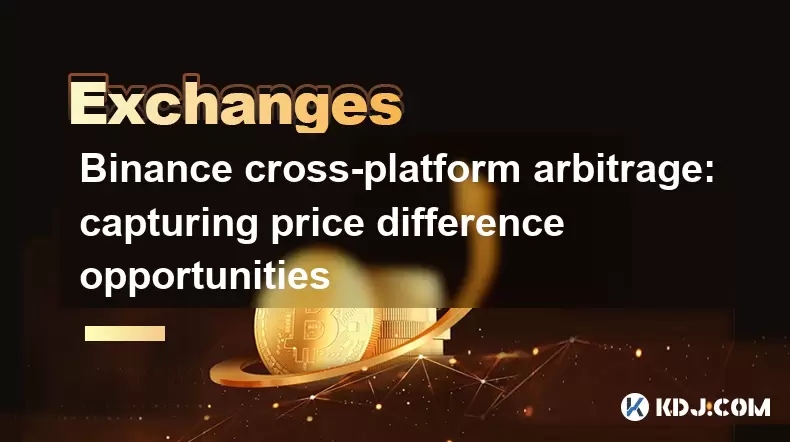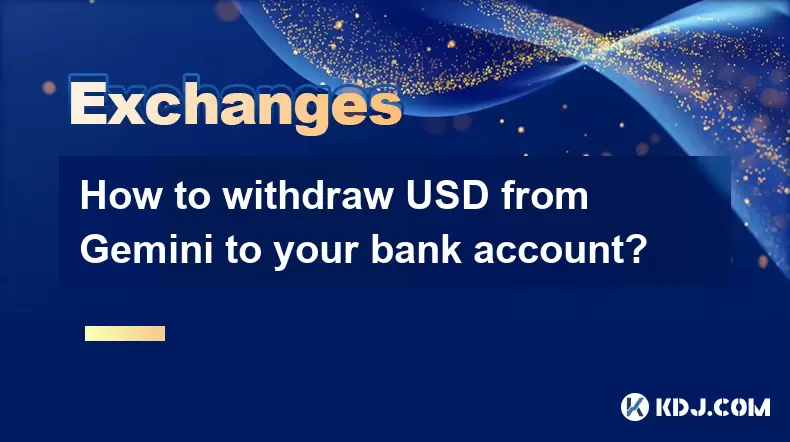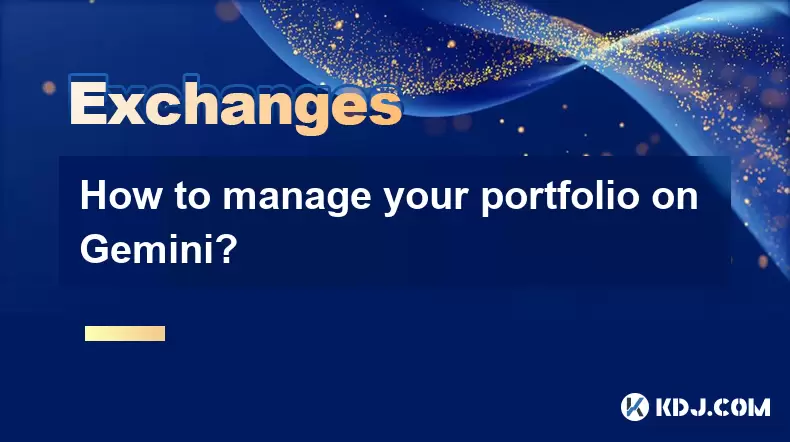-
 Bitcoin
Bitcoin $115000
0.12% -
 Ethereum
Ethereum $3701
4.50% -
 XRP
XRP $3.081
2.99% -
 Tether USDt
Tether USDt $0.0000
-0.01% -
 BNB
BNB $767.9
1.45% -
 Solana
Solana $169.5
3.13% -
 USDC
USDC $0.9999
0.01% -
 Dogecoin
Dogecoin $0.2106
4.30% -
 TRON
TRON $0.3334
1.62% -
 Cardano
Cardano $0.7564
2.54% -
 Stellar
Stellar $0.4165
0.76% -
 Hyperliquid
Hyperliquid $38.75
0.25% -
 Sui
Sui $3.593
3.00% -
 Chainlink
Chainlink $17.08
3.59% -
 Bitcoin Cash
Bitcoin Cash $573.6
4.35% -
 Hedera
Hedera $0.2508
-0.84% -
 Avalanche
Avalanche $23.07
6.46% -
 Ethena USDe
Ethena USDe $1.001
-0.02% -
 Litecoin
Litecoin $120.8
8.17% -
 UNUS SED LEO
UNUS SED LEO $8.943
-0.32% -
 Toncoin
Toncoin $3.400
-5.60% -
 Shiba Inu
Shiba Inu $0.00001255
1.54% -
 Uniswap
Uniswap $9.908
6.32% -
 Polkadot
Polkadot $3.718
2.10% -
 Monero
Monero $303.0
-0.74% -
 Dai
Dai $0.9999
-0.02% -
 Bitget Token
Bitget Token $4.392
0.91% -
 Cronos
Cronos $0.1403
6.31% -
 Pepe
Pepe $0.00001076
1.13% -
 Aave
Aave $267.2
1.80%
Binance cross-platform arbitrage: capturing price difference opportunities
Cross-platform arbitrage on Binance exploits price differences across regional exchanges like Binance.com and Binance.US for quick, risk-free profits.
Jun 13, 2025 at 08:29 pm

Understanding Cross-Platform Arbitrage on Binance
Cross-platform arbitrage refers to the practice of exploiting price discrepancies of the same cryptocurrency across different trading platforms. While Binance is one of the largest and most liquid exchanges, minor price differences can still occur between its various regional or fiat-specific platforms, such as Binance Global, Binance US, or Binance Australia, due to regulatory restrictions, local demand-supply imbalances, or network latency.
The essence of this strategy lies in identifying these small but consistent price gaps and executing trades quickly to capture risk-free profits. This method doesn't rely on market prediction; instead, it depends on market inefficiencies that arise temporarily.
How Price Discrepancies Occur Across Binance Platforms
Despite Binance's global reach, each localized version operates under specific regulatory frameworks that influence liquidity and trading volume. For instance, Binance.US may have lower trading volumes for certain altcoins compared to the international version, leading to temporary mispricings.
Other factors include:
- Fiat conversion rates: Different local currency gateways (e.g., USD, EUR, AUD) can cause variations in crypto prices when converted.
- Withdrawal and deposit delays: Time lags in transferring assets between platforms can create opportunities.
- Market maker behavior: High-frequency traders and bots may not be equally active across all regional exchanges, leaving room for arbitrageurs.
These dynamics make cross-platform arbitrage a feasible strategy if executed with precision and speed.
Setting Up Accounts on Multiple Binance Platforms
To engage in cross-platform arbitrage, you must first register and verify accounts on multiple Binance versions where arbitrage opportunities are likely to appear. Ensure you complete KYC procedures on each platform to avoid withdrawal restrictions later.
Here’s how to proceed:
- Create accounts on Binance.com, Binance.US, and any other relevant regional branches.
- Enable two-factor authentication (2FA) for security.
- Verify your identity and link bank accounts or payment methods for fiat deposits.
- Deposit stablecoins like USDT or BUSD on all platforms to minimize conversion fees during arbitrage cycles.
Make sure all accounts are funded and ready for instant execution once an opportunity arises.
Tools and Techniques for Detecting Arbitrage Opportunities
Manual monitoring of prices across platforms is inefficient and error-prone. Therefore, using arbitrage detection tools becomes essential. These tools can be categorized into two types:
- Price comparison dashboards: Tools like CoinMarketCap, CoinGecko, or custom spreadsheets help track real-time prices across Binance platforms.
- Automated bots: Platforms like Hummingbot or proprietary scripts can scan multiple exchanges and trigger alerts or execute trades automatically.
When setting up your system:
- Use API keys from each Binance platform to fetch real-time data.
- Monitor at least 10–15 high-volume trading pairs simultaneously.
- Set price deviation thresholds (e.g., 0.5%) to filter out noise and focus only on actionable opportunities.
Timing is crucial — even a few seconds delay can eliminate the arbitrage window.
Executing Cross-Platform Arbitrage Trades
Once a discrepancy is identified, the next step is to execute the trade swiftly. Here’s a breakdown of the process:
- Buy the undervalued asset on one Binance platform.
- Transfer the asset to the other platform where it’s overvalued.
- Sell the asset immediately for a profit.
However, several considerations must be addressed before initiating the trade:
- Transfer times: Confirm average blockchain confirmation times for the token being traded.
- Transaction fees: Account for both trading fees and network fees to ensure profitability.
- Minimum transfer amounts: Some tokens have minimum withdrawal limits that may affect small-scale arbitrage.
For example, if BNB is priced at $290 on Binance.com and $291.50 on Binance.US, buying on the former and selling on the latter after a successful transfer can yield a quick return.
Risks and Limitations of Cross-Platform Arbitrage
While cross-platform arbitrage seems straightforward, it comes with inherent risks:
- Transfer delays: Network congestion or blockchain issues may prolong transfers, causing the arbitrage window to close.
- Sudden price changes: Market volatility can erase price gaps before transactions are completed.
- Exchange restrictions: Some Binance platforms impose withdrawal or trading limits on new accounts or certain regions.
- Slippage: Large orders might not get filled at the expected price, especially on less liquid platforms.
Traders should perform thorough backtesting and start with small amounts to assess the feasibility of their strategies.
Frequently Asked Questions
Q: Can I use the same API key across multiple Binance platforms?
No, each Binance platform requires separate API keys due to account isolation policies. You must generate distinct keys for each exchange.
Q: Is cross-platform arbitrage legal on Binance?
Yes, it is permitted as long as you comply with the terms of service of each regional platform. However, repeated large-scale activity may attract scrutiny.
Q: Do I need to pay taxes on arbitrage profits?
Tax obligations depend on your jurisdiction. In many countries, crypto gains, including arbitrage profits, are subject to capital gains tax.
Q: Are there any alternatives to manual arbitrage execution?
Yes, you can use third-party arbitrage bots or develop custom scripts that interface with Binance APIs to automate the detection and execution process.
Disclaimer:info@kdj.com
The information provided is not trading advice. kdj.com does not assume any responsibility for any investments made based on the information provided in this article. Cryptocurrencies are highly volatile and it is highly recommended that you invest with caution after thorough research!
If you believe that the content used on this website infringes your copyright, please contact us immediately (info@kdj.com) and we will delete it promptly.
- Velo Universe, DEX, and DeFi Security: Navigating the Future of Decentralized Trading
- 2025-08-05 09:25:13
- Bitget Wallet Revolutionizes Solana with Gas-Free Transactions: A New Era for DeFi
- 2025-08-05 09:25:13
- Ozak AI, Crypto Boom, and ROI Potential: Is This the Next Big Thing?
- 2025-08-05 09:25:24
- Solana's ETF Hopes & the All-Time High Chase: Is SOL Set to Soar?
- 2025-08-05 09:25:24
- Coinbase's Brian Armstrong and the Art of Focused Work: A Deep Dive
- 2025-08-05 09:25:30
- Uniswap Price Prediction: Bullish Reversal on the Horizon?
- 2025-08-05 09:25:30
Related knowledge

How to set and manage alerts on the Gemini app?
Aug 03,2025 at 11:00am
Understanding the Gemini App Alert SystemThe Gemini app offers users a powerful way to stay informed about their cryptocurrency holdings, price moveme...

How to use the Gemini mobile app to trade on the go?
Aug 04,2025 at 09:14am
Setting Up the Gemini Mobile AppTo begin trading on the go using the Gemini mobile app, the first step is installing the application on your smartphon...

What to do if you forgot your Gemini password?
Aug 04,2025 at 03:42am
Understanding the Role of Passwords in Gemini AccountsWhen using Gemini, a regulated cryptocurrency exchange platform, your password serves as one of ...

What are the websocket feeds available from the Gemini API?
Aug 03,2025 at 07:43pm
Overview of Gemini WebSocket FeedsThe Gemini API provides real-time market data through its WebSocket feeds, enabling developers and traders to receiv...

How to withdraw USD from Gemini to your bank account?
Aug 04,2025 at 11:01am
Understanding Gemini and USD WithdrawalsGemini is a regulated cryptocurrency exchange platform that allows users to buy, sell, trade, and store digita...

How to manage your portfolio on Gemini?
Aug 03,2025 at 10:36am
Accessing Your Gemini Portfolio DashboardTo begin managing your portfolio on Gemini, you must first log in to your account through the official websit...

How to set and manage alerts on the Gemini app?
Aug 03,2025 at 11:00am
Understanding the Gemini App Alert SystemThe Gemini app offers users a powerful way to stay informed about their cryptocurrency holdings, price moveme...

How to use the Gemini mobile app to trade on the go?
Aug 04,2025 at 09:14am
Setting Up the Gemini Mobile AppTo begin trading on the go using the Gemini mobile app, the first step is installing the application on your smartphon...

What to do if you forgot your Gemini password?
Aug 04,2025 at 03:42am
Understanding the Role of Passwords in Gemini AccountsWhen using Gemini, a regulated cryptocurrency exchange platform, your password serves as one of ...

What are the websocket feeds available from the Gemini API?
Aug 03,2025 at 07:43pm
Overview of Gemini WebSocket FeedsThe Gemini API provides real-time market data through its WebSocket feeds, enabling developers and traders to receiv...

How to withdraw USD from Gemini to your bank account?
Aug 04,2025 at 11:01am
Understanding Gemini and USD WithdrawalsGemini is a regulated cryptocurrency exchange platform that allows users to buy, sell, trade, and store digita...

How to manage your portfolio on Gemini?
Aug 03,2025 at 10:36am
Accessing Your Gemini Portfolio DashboardTo begin managing your portfolio on Gemini, you must first log in to your account through the official websit...
See all articles

























































































